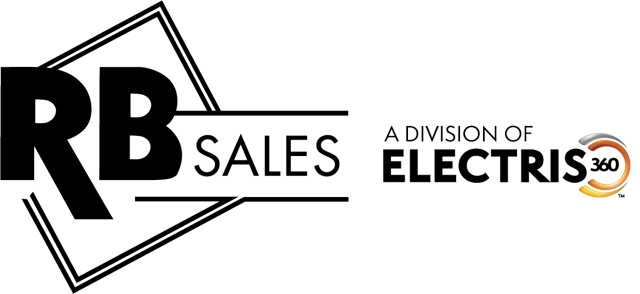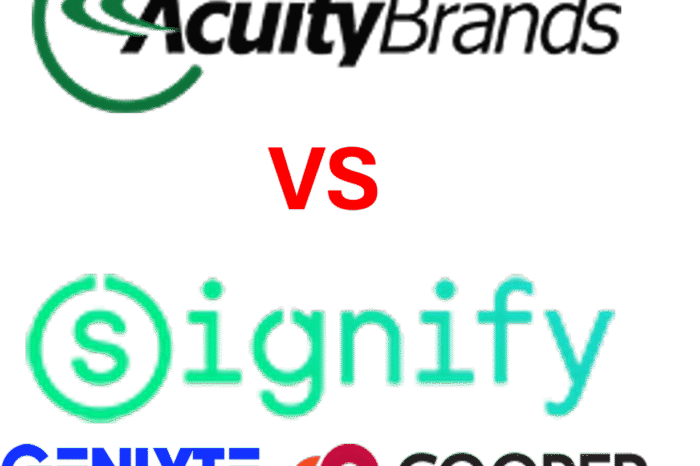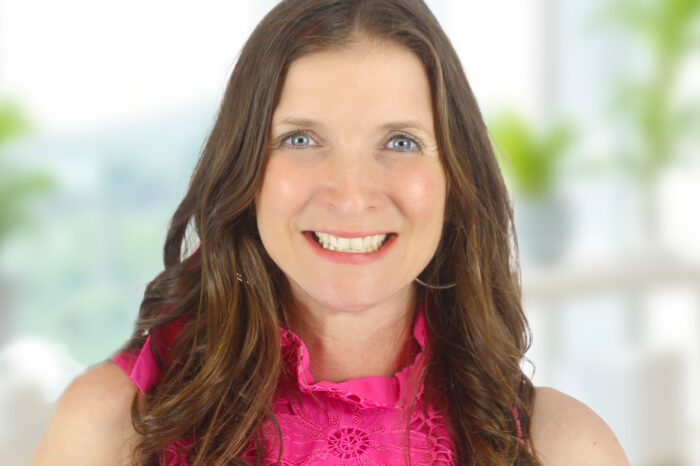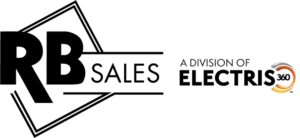The Crowded and Changing World of Lighting
 Welcome back from your Labor Day weekend. And with the unofficial end of summer brings the meeting and planning season. The time when everyone starts asking
Welcome back from your Labor Day weekend. And with the unofficial end of summer brings the meeting and planning season. The time when everyone starts asking
- what’s your forecast for 2015, and
- management asks itself, “what are we going to do ‘differently’ to increase sales and profitability?
For the forecast question, take a look at the short survey where we’re asking for your Q4 and ’15 projections (look for the Q4 above the categories.)
But, for what’s different, it got me thinking about a posting by Chris Brown, CEO of Weidenbach-Brown, that I saw on Bill Attardi’s EnergyWatchNews.
 Chris’ posting was titled “The Forecast Calls for Pain”. Weidenbach-Brown is a lighting distributor and Chris was asking “What will Lighting Distribution look like 2, 3 and 5 years from now?” and the broader question of “How will Wholesale Distribution itself be different?”.
Chris’ posting was titled “The Forecast Calls for Pain”. Weidenbach-Brown is a lighting distributor and Chris was asking “What will Lighting Distribution look like 2, 3 and 5 years from now?” and the broader question of “How will Wholesale Distribution itself be different?”.
Let’s focus on the first question … what will lighting distribution look like in 2,3,5,10 years? While no one has the crystal ball, there are some things we know:
- Lighting is important for full-line electrical distributors. For many it makes up 15-25% of their business (the broad range is so that we can include industrial
ly-oriented distributors.)- And it can grow … consider the new formats of lighting thanks to LEDs. Where could more lighting go within a commercial, industrial or residential space due to the change in form factor? Signage? Rope? Under stairs? Colors? Outlining desks and retail fixtures? Are you going to be the resource to source / recommend this or solely the order point?
- The business today is heavily influenced by lighting agents.
- Customers have a plethora of manufacturer options; can purchase from full-line and lighting-only distributors as well as from ESCOs, direct from manufacturers, online through alternate channels, through general distributors (i.e. Grainger, MSC), through non-electrical distributors and more. The buying outlets have increased.
- The rise of LEDs have changed the nature of the sale from replacement to retrofit.
- Energy efficiency will eventually be replaced by increased functionality, and hence result in a different sales methodology for distributors.
- Many distributors now have lighting specialists (not just lighting quotation people).
- Financing, doing lighting audits, understanding calculators and rebate programs, filing rebates and more now are a way of life (or are needed) by many.
- Some distributors and manufacturer now do, manage, coordinate installation
- and there is more
The point is, the change is happening. As you plan for 2015, are you considering what products, services, people you need to safeguard, and grow this significant percentage of your business?
Some things to think about (and share some anonymous feedback on):
- What models are you seeing in the marketplace that concern you?
- What are you seeing from manufacturers? Who has what and is being supportive? Who do you feel is “challenged”?
- Will Amazon Supply be a lighting player?
- Will more manufacturers go direct?
- Would you (as a distributor) be open to working with unknown contract manufacturers who have experience in lighting?
- Have you purchased, or are considering purchasing, from the Chinese LED manufacturers who are actively seeking business via email (and some still do fax)?
- Is your sales organization skilled in salesmanship to create need for the next generation LED sale (the energy efficiency is the “low hanging fruit”)?
- Is your current lighting sales process (meaning “outreach”, where you recommend the product / solution vs accept an order from the contractor / customer) as effective as you need it to be? What’s skills or training is needed?
- Do you know what % of your lighting sales are LEDs?
Chris is right. The way the lighting industry has done things is, and will be, undergoing change. The question becomes, are you open to it? Are you driving it in your business?
And then … as a distributor, if you can affect change for 20% of your business, what could you do with the same thought process for other segments of your business? Introspection and change can be powerful business drivers.






















